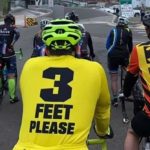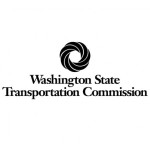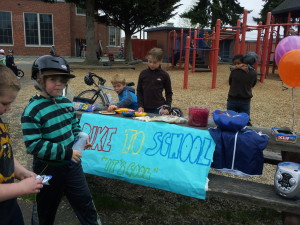 Bike to School Month starts May 1st with Bike to School Day on May 8th. Guest blogger Shannon Koller shares her story of starting a bike to school program at her child’s elementary school.
Bike to School Month starts May 1st with Bike to School Day on May 8th. Guest blogger Shannon Koller shares her story of starting a bike to school program at her child’s elementary school.
All it takes are a few committed parents. A few committed parents who believe that their school is the perfect place for kids to commute by bike can change the school culture around transportation choices. When kids get enthusiastic about cycling, that interest can radiate through the family and really change how families choose to move throughout their neighborhoods.
Loyal Heights Elementary School, in northwest Seattle, draws its students from the surrounding neighborhood and benefits from relatively flat topography. This makes it an ideal place for kids to choose to commute to school by bike and the bike culture there has definitely taken root. Last year, the school participated in Bike to School month for the first time and was able to encourage 27% of the student body to participate in Bike to School month.
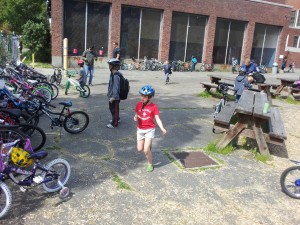 That sort of ridership doesn’t happen by accident. Parents and full-time bike commuters, Paula Shaw and I met with school administrators and faculty to lay the groundwork for bike activities at the school. With a budget of $0, we found donors and wrote grants that funded 7 bike-related activities, including a bike safety assembly and the purchase of bike racks that expanded our bike parking from 24 to 80 spaces.
That sort of ridership doesn’t happen by accident. Parents and full-time bike commuters, Paula Shaw and I met with school administrators and faculty to lay the groundwork for bike activities at the school. With a budget of $0, we found donors and wrote grants that funded 7 bike-related activities, including a bike safety assembly and the purchase of bike racks that expanded our bike parking from 24 to 80 spaces.
Having collaborators within the school can certainly help to promote and enable the bike to school movement. This year, the PTA will fund the planned bike activities. Schools and PTAs have an interest in promoting wellness within their school community.
The bike-related activities at Loyal Heights continue to expand. After seeing kids participate in the school’s Bike Rodeo last year – an event with various bike skills stations – I realized that there is a big gap between learning how to ride a bike and being prepared to ride on streets. In order to navigate safely through the neighborhoods, kids need to know rules of the road, right of way, how to navigate an unmarked intersection, and much more.
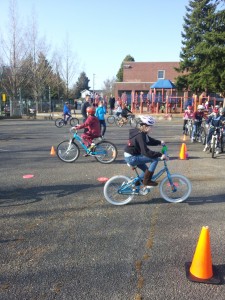 This realization led to the creation of Loyal Heights Urban Cycling Club, an after-school bike club. Participants learn how to ride on streets and practice these skills by taking organized rides. The club had their first ride a few weeks ago and encountered roundabouts, busy street crossings, and unmarked intersections, all excellent learning opportunities. The next ride will be to community centers and sports fields where many kids have sports practice and summer camp. The ride will help them become familiar with the infrastructure around these destinations and so they feel more comfortable riding there on their bikes. Two parents and I coach the club, and a grant from Seattle’s Department of Transportation helped with training and curriculum development.
This realization led to the creation of Loyal Heights Urban Cycling Club, an after-school bike club. Participants learn how to ride on streets and practice these skills by taking organized rides. The club had their first ride a few weeks ago and encountered roundabouts, busy street crossings, and unmarked intersections, all excellent learning opportunities. The next ride will be to community centers and sports fields where many kids have sports practice and summer camp. The ride will help them become familiar with the infrastructure around these destinations and so they feel more comfortable riding there on their bikes. Two parents and I coach the club, and a grant from Seattle’s Department of Transportation helped with training and curriculum development.
With momentum growing, coordinators started early planning Bike to School Month and are preparing to beat last year’s participation this May. The emergence of a strong bike culture is especially significant at Loyal Heights because this is the school community that lost Kevin Black four years ago when he was killed on his bicycle on his way to work after dropping his daughter off at the school. For Loyal Heights to respond with by developing a vibrant bike community is both tribute and triumph.

